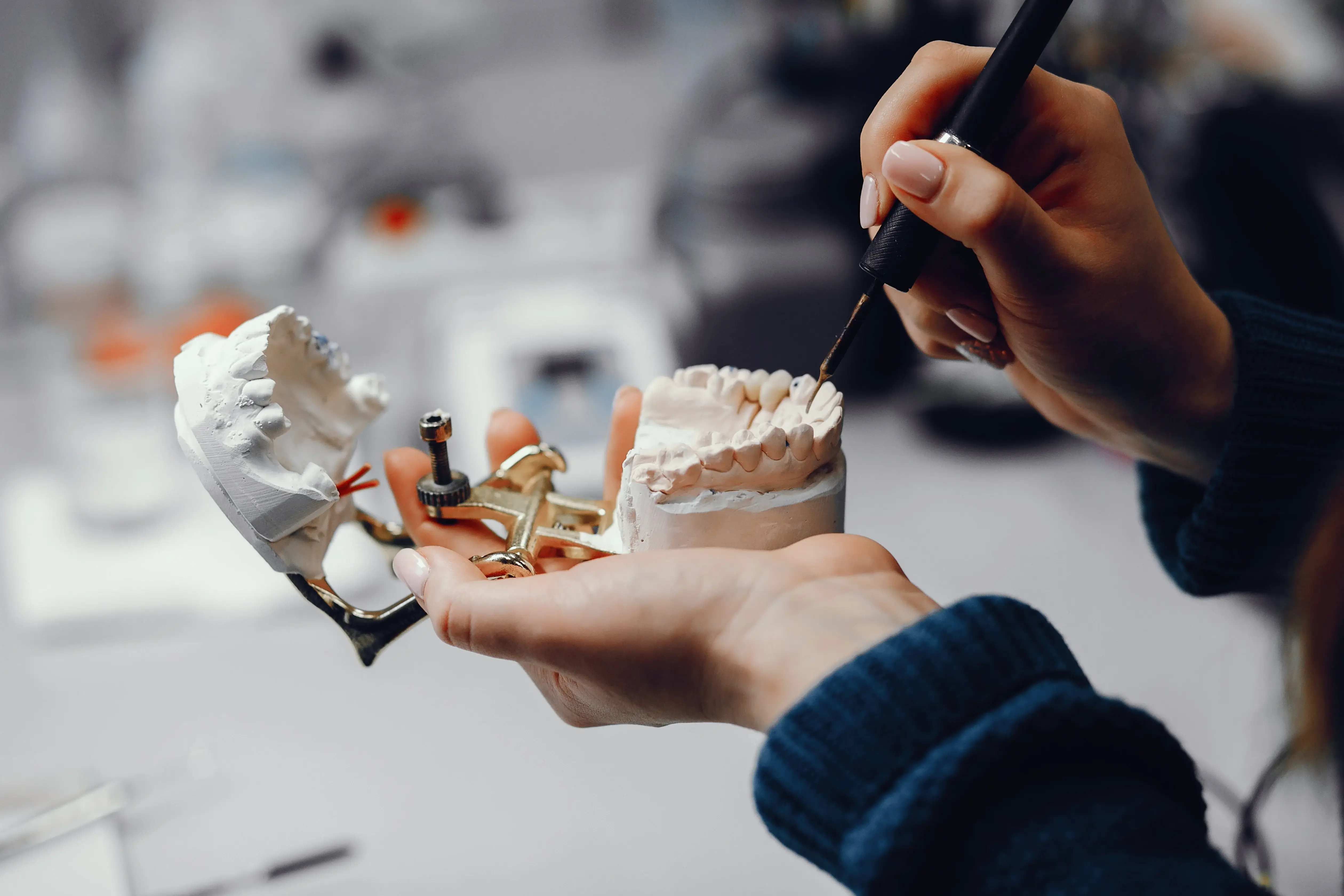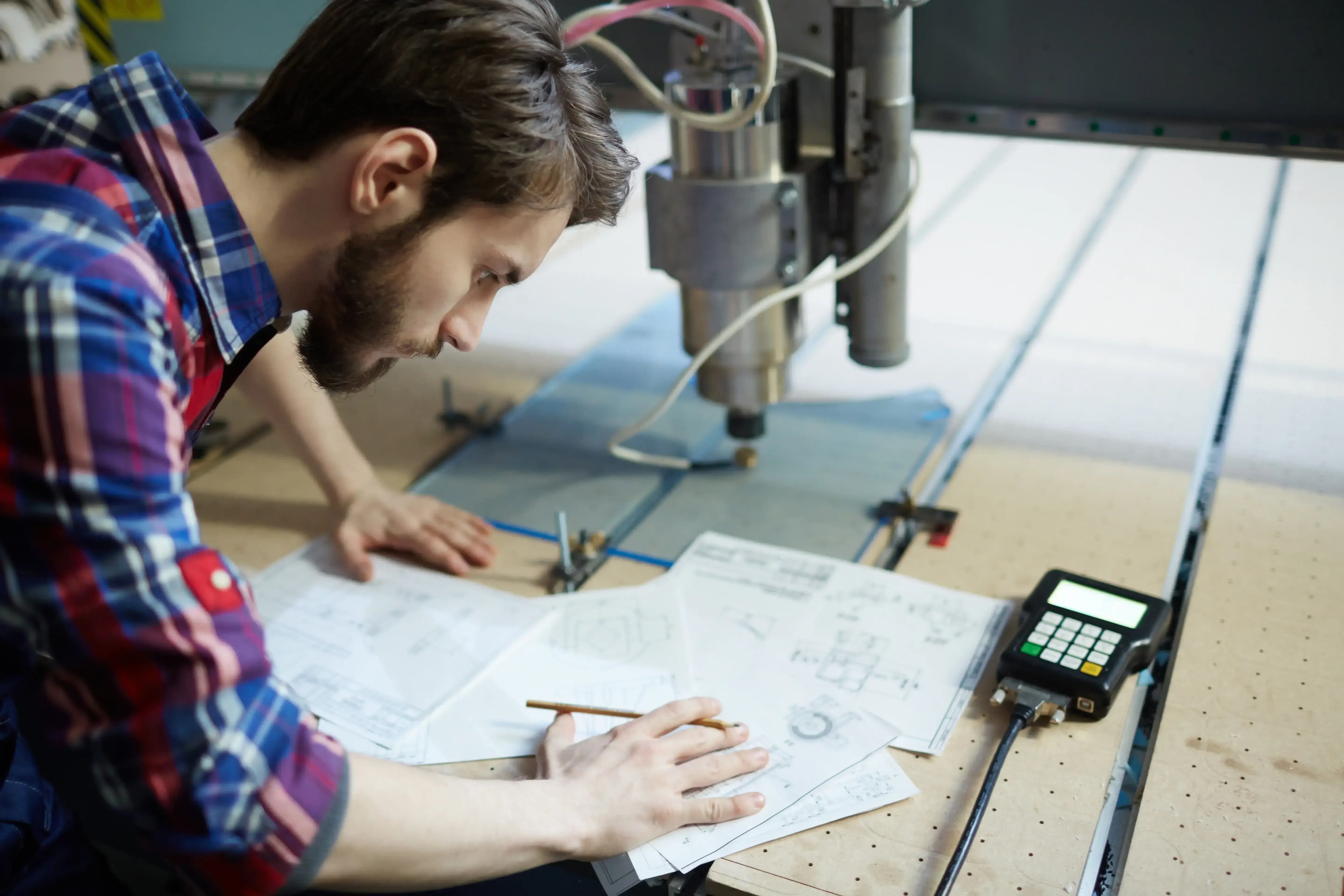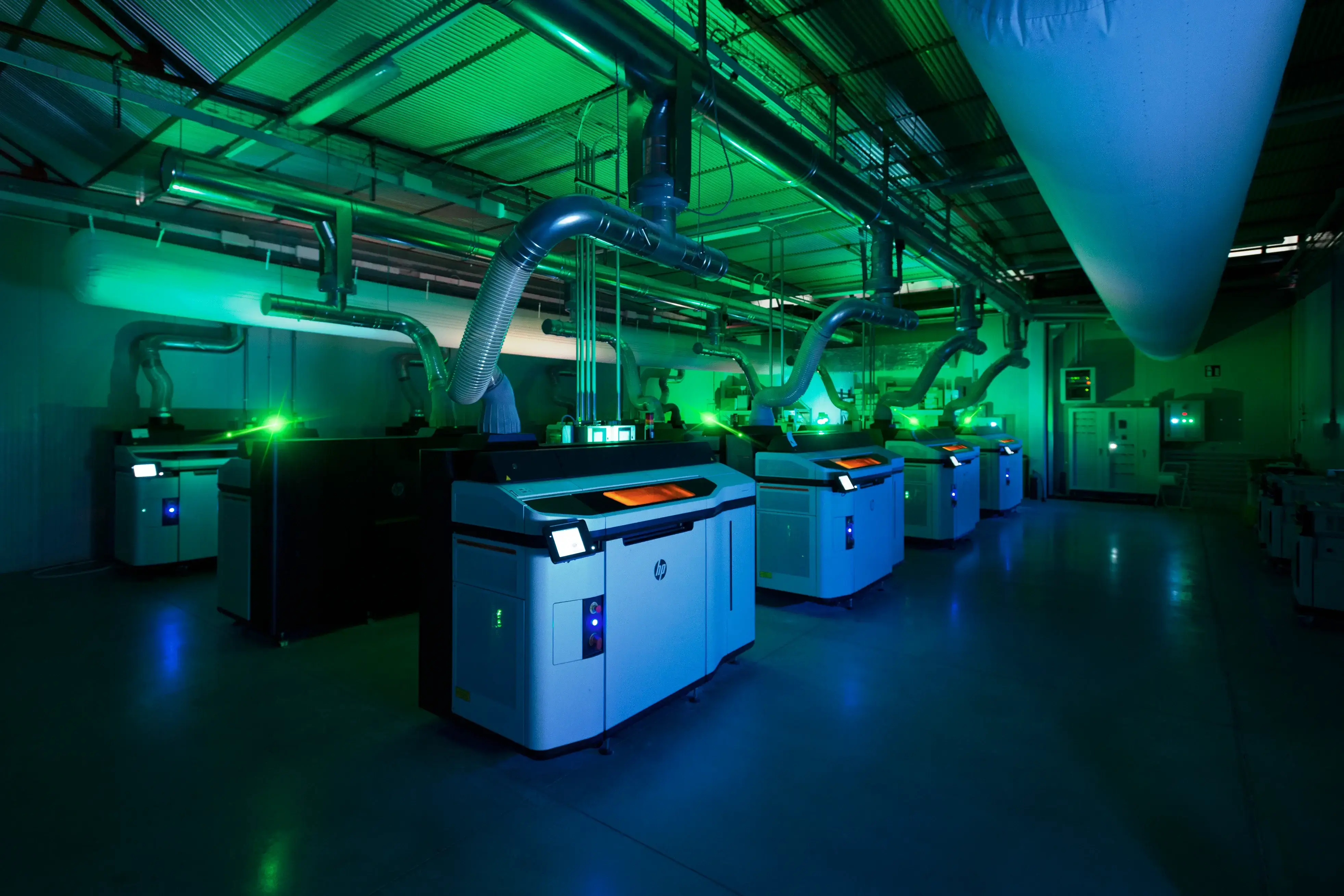2 min read
Topology optimisation in 3D Printing
The evolution of manufacturing technology has led to revolutionary design and manufacturing paradigms. Topology optimisation in 3D printing...

Medicine has always been pioneering and cutting-edge. Starting in the 1990s, it began to move towards 3D printing, confirming its predisposition for innovation. This tool has begun to shape the medical landscape. Therefore, its combination of precision, customisation and speed has led to revolutionary developments in the field. It has changed the perspective of diagnosis, treatment and even research.
The first step was the use of 3D printing in the dental sector around the 2000s. The process involves a digital scan of the patient's mouth, which is then converted into a 3D model. This digital design allows dentists to design and print prostheses, crowns, bridges and other dental devices with unprecedented precision. In fact, the ability to create three-dimensional models of teeth and gums has transformed the planning of complex dental procedures. Dentists can now examine anatomical details with greater precision, anticipating challenges and reducing risks associated with surgical procedures. In addition, 3D printing has initiated the production of highly customised dental prostheses, ensuring a better fit and comfort for patients.

3D printing has then found application in the sector of orthopaedic prostheses. With the ability to customise each part to the patient's anatomical needs, it has changed the lives of those in need of joint replacements or amputees. These prostheses, often made of medical ABS or other biocompatible polymers, offer better functionality, durability and comfort than traditional prostheses. Advantages include greater design freedom, faster production and better integration with the patient's body, adapting to their unique anatomy. The customisation provided by 3D printing also reduces the risk of post-operative complications and provides a better quality of life for patients.

The creation of anatomical models through 3D printing has become a major advancement in the medical sector during the 21st century. Based on additive manufacturing, this technology has shown extraordinary potential. Customised anatomical models are obtained by means of medical imaging images, such as computed tomography or magnetic resonance imaging, which enable precise visualisation of individual anatomical conditions. This facilitates surgeons to plan complex operations and test different strategies before surgery, greatly reducing the risk of complications during operation.
These 1:1 scale anatomical models are also essential in medical education. This is because they offer medical students and surgeons in training a practical opportunity to better understand anatomical relationships and improve their diagnostic and surgical skills. Moreover, these anatomical models facilitate communication between doctors and patients by simplifying the illustration of complex medical conditions and possible treatment options.

Bioprinting is an emerging technology involving the printing of tissues and organs using biocompatible materials and living cells. It has made great progress since its inception, moving from simple cellular structures to complex three-dimensional tissue constructs. This technique has the potential to revolutionise regenerative medicine, offering solutions for the regeneration of damaged or diseased tissue. From engineering skin, cartilage and bone to creating synthetic organs such as the liver, heart and kidneys, it is redefining the concept of organ transplantation. Moreover, this technology enables the creation of tissue models for testing new drugs, reducing dependence on animal tests and accelerating the development of therapies.
One of the key features of bioprinting is the possibility of customising medical treatments. Through 3D scanning of the patient, tissue structures can be created specific to individual needs, reducing the risk of rejection and improving the effectiveness of treatments. This approach aligns with the growing emphasis on precision medicine, in which therapies are tailored to the unique genetic and physiological characteristics of each individual.

Weerg fits into the medical 3D printing landscape in several aspects. Firstly, in the context of the Covid-19 emergency, the company demonstrated a timely and decisive response to the fundamental needs of the healthcare sector. Actively collaborating with medical professionals, Weerg has dynamically adapted its production capacities to meet the growing demand for personal protective equipment and relevant components for medical medical devices. This strategy has certainly highlighted the pivotal role of technology in facilitating the rapid and tailor-made production of medical devices in emergency contexts.
Secondly, Weerg has a material specifically for use in the medical sector: medical ABS. It is manufactured using advanced FDM technology in a temperature-controlled chamber and has the highest health certifications for use in the medical sector. Medical ABS has several advantageous features. It is able to resist sterilisation, has excellent temperature resistance and good mechanical strength, as well as remarkable ductility. It finds a wide range of applications in the creation of prostheses, medical instruments and specific equipment for personal wellness. Its properties testify to the excellent relationship between strength and ductility. Indeed, with a tensile strength of 43 MPa and a modulus of elasticity of 1400 MPa, it is positioned as a versatile and reliable material for medical use.

3D printing has open up new frontiers in the medical sector, offering innovative solutions that improve the quality of care and the lives of patients. With technology evolving and research increasing, the potential of 3D printing in the medical industry is still being discovered. From dentistry to the creation of customised anatomical models and bioprinting, applications are growing continuously, allowing healthcare professionals to customise treatments, improve surgical planning and even create functional tissues and organs. Weerg, through its agility in addressing emerging challenges, stands as an example of how 3D printing can play a vital role in the medical industry, accelerating the shift towards a future of tailored and innovative healthcare.

2 min read
The evolution of manufacturing technology has led to revolutionary design and manufacturing paradigms. Topology optimisation in 3D printing...

3 min read
Medicine has always been pioneering and cutting-edge. Starting in the 1990s, it began to move towards 3D printing, confirming its predisposition for...

1 min read
In the modern landscape of manufacturing, 3D printing technology is emerging as a revolutionary force. With a wide range of techniques available, it...